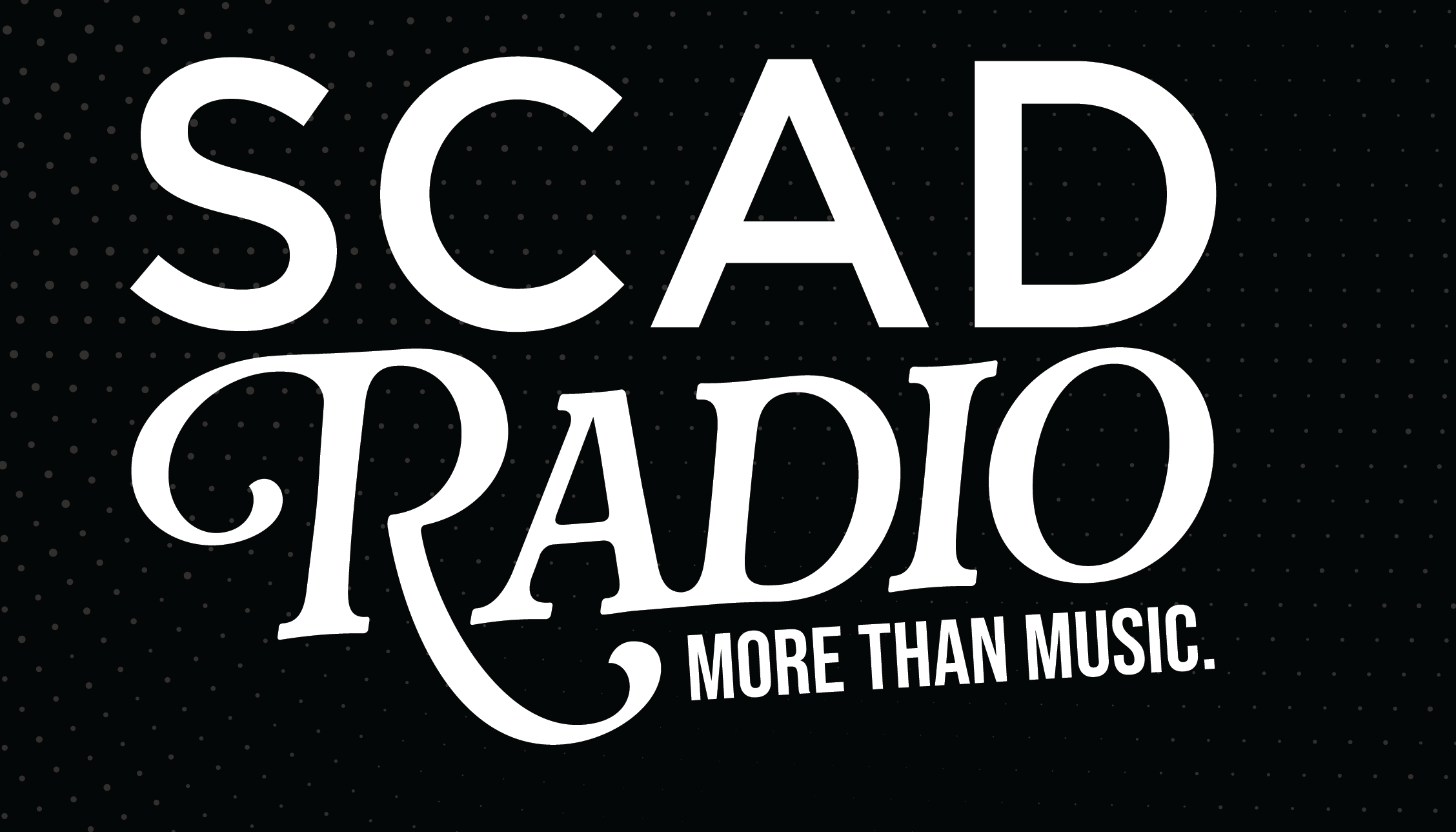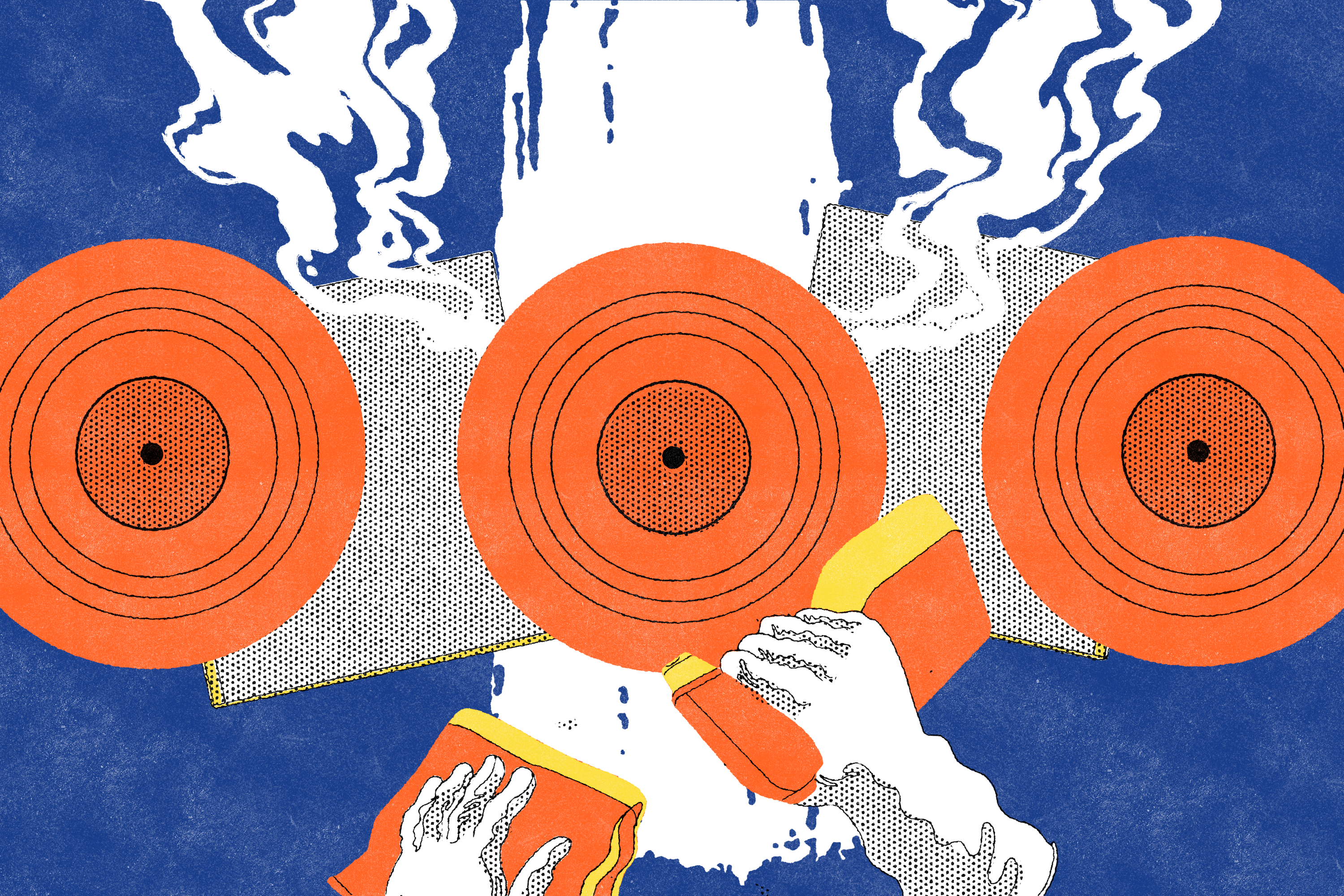Header Illustration Courtsey of Razz Gregory.
Pop music, by most factual accounts, is the most listened genre of music. Say what you will about hip-hop, or R&B, or even EDM for that matter, but pop still reigns supreme. Take Kendrick Lamar, who was named Billboard’s Number One “Pop” Star of 2024, despite his years-long success in the hip-hop genre. In such cases, arguments can be made about what types of songs fit underneath the pop music umbrella or what qualifications one needs to have to be deemed a “pop star,” but nevertheless, pop has—and always will—reflect the culture at large. Whether the conversation surrounds Lamar’s hit song “Not Like Us,” or more serious issues such as the current political, social or economic landscape, the culture demands great music. Great music from the artists and genre they listen to the most. Enter, “recession pop.”
Recession pop as a subgenre of pop music wasn’t a term officially coined until the early 2020s. It was likely indictive of TikTok’s meteoric rise in international popularity and a “TikTok trend” showcasing songs from the newly minted genre. In that context, it refers to the categorization of the classic pop hits from the late 2000s and early 2010s, which came out in and around the time of the Great Recession. It’s no surprise said era gave way to a star being born in Lady Gaga, and a career-defining run from the beloved Mr. Worldwide, aka Pitbull. Recession pop, in the simplest terms, is driven by the societal need to escape a reality of reduced financial security and rapidly changing world.
The general sound associated with recession pop is that of electro, synth and EDM infused club beats. Clubbing and club culture skyrocketed the recognition of songs such as “Dynamite” by Taio Cruz or Usher’s “DJ Got Us Falling In Love” (ft. Pitbull) in a pre-streaming world. Going back to Gaga, in terms of the sonic nature of the genre, she serves as its patron saint. “The Fame” (2008) and deluxe edition “The Fame Monster” (2010), as well as “Born This Way” (2011) each heavily utilize a similar ultra-synthetic production style. Gaga was no stranger to imbuing her music with a sort of disco quality, enhancing the nightclub airs of each album. The idea of clubbing as we know it—especially during a recession—is that it can be a form of escapism, which brings a greater understanding to the audible cohesiveness of the aforementioned songs.
Lyrically, recession pop takes a bit more of an overt angle to the socioeconomic attitudes of the time. Ne-Yo and Pitbull released the collaboration “Time of Our Lives” in 2014 on the latter’s album “Globalization,” and although the song stands much further removed from the Great Recession than others, the lyrics echo the same consistent sentiment seen within the genre. The very first verse includes the lines, “I knew my rent was gon’ be late about a week ago/ I work my ass off, but I still can’t pay it though/ But I got just enough to get up in this club.” Pitbull famously discusses his lavish economic exploits in nearly all of his songs—and though it seems counterintuitive to jam-out to lyrics that detail something so unattainable—the music has a way of providing a disillusionment between us and our current economic condition. Perhaps it could be attributed to the upbeat composition of most of these songs, but it’s also no secret that sometimes it feels good to pretend we too are living a luxurious worry-free life when we’re on the dance floor.
We stand in a unique place in regard to the era and general understanding of recession pop. For one, the legacies of Lady Gaga, Pitbull, Ne-Yo and Usher are just as lasting as other titans of the genre such as Kesha, Taylor Swift, Katy Perry (for better or worse) and Beyonce. They’ve established long-term continuity in each of their respective careers, through both past works and new releases. Streaming platforms and TikTok have also done nothing but reignite the popularity of songs that were everywhere 10-15 years ago. As for the idea itself—it remains to be seen whether or not recession pop will continue as a fixture its original time or undergo a resurgence with newer artists this year. Coming off of two major years in the world of pop music (thanks to the likes of Chappell Roan, Sabrina Carpenter, Charli XCX, etc.) coupled with the impending threat of an economic recession in 2025, it seems revival is most likely. No matter what happens to pop music or where the genre goes in the future, there’s no question as whether or not it’ll ever fully die.




